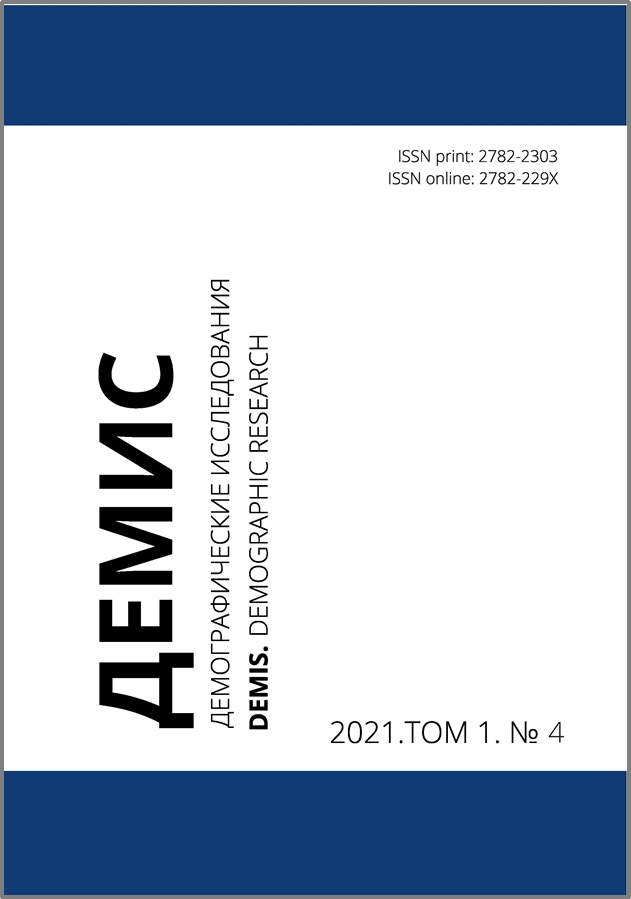Инфекционные заболевания среди мигрантов в странах субрегиона Большого Меконга в период до пандемии COVID-19
Научная статья
Аннотация
Литература
2. World Health Organization. Promoting the Health of Refugees and Migrants: Draft Global Action Plan, 2019–2023. Geneva, Switzerland: World Health Organization, 2019. 13 p. A72/25 Rev.1.
3. World Health Organization. Use of High Burden Country Lists for TB by WHO in the Post-2015 Era. Geneva, Switzerland: World Health Organization, 2015. 19 p.
4. Saker L., Lee K., Cannito B., Gilmore A., Campbell-Lendrum D. H. et al. Globalization and Infectious Diseases: A Review of the Linkages. World Health Organization, 2004. 62 p.
5. World Health Organization. Health of Refugees and Migrants – Practices in Addressing the Health Needs of Refugees and Migrants: WHO South-East Asia Region. Geneva, Switzerland: World Health Organization, 2018. 28 p.
6. Tangcharoensathien V., Thwin A. A., Patcharanarumol W. Implementing Health Insurance for Migrants, Thailand. Bulletin of the World Health Organization. Vol. 95. No. 2. Pp. 146–151. DOI: http://dx.doi.org/10.2471/BLT.16.179606.
7. World Health Organization. Regional Office for the Western Pacific. Technical Consultation on Improving Access to Malaria Control Services for Migrants and Mobile Populations in the Context of the Emergency Response to Artemisinin Resistance in the Greater Mekong Subregion. 22–23 May 2014, Ha Noi, Viet Nam: meeting report. WHO Regional Office for the Western Pacific, 2014. 20 p.
8. World Health Organization. Mekong Malaria Elimination Programme: Epidemiology Summary. Vol. 13, January-March 2021. Geneva, Switzerland: World Health Organization, 2021. 10 p.
9. International Organization for Migration. Situation Analysis of Migrant Health in Viet Nam. Ha Noi, Viet Nam: International Organization for Migration, 2020. 106 p. PUB2020/013/R.
10. Van Huy N., Dunne M. P., Debattista J. Predictors of Condom Use Behaviour Among Male Street Labourers in Urban Vietnam Using a Modified Information-Motivation-Behavioral Skills (IMB) Model. Culture, Health and Sexuality. 2016. Vol. 18. No. 3. Pp. 321–336. DOI: https://doi.org/10.1080/13691058.2015.1084375.
11. World Health Organization. Global Tuberculosis Report 2019. Geneva, Switzerland: World Health Organization, 2019. 283 p. ISBN: 9789241565714.
12. He H., Zhang J., Xiu D. China’s Migrant Population and Health. China Population and Development Studies. 2019. No. 3. Pp. 53–66. DOI: https://doi.org/10.1007/s42379-019-00032-7.
13. Cui L., Cao Y., Kaewkungwal J., Khamsiriwatchara A., Lawpoolsri S., Soe T. N., Kyaw M. P., Sattabongkot J. Malaria Elimination in the Greater Mekong Subregion: Challenges and Prospects / Manguin S., Dev V. (Eds.) Towards Malaria Elimination: A Leap Forward. InTechOpen, 2018. DOI: https://doi.org/10.5772/intechopen.76337.
14. World Health Organization. International Health Regulations. Geneva, Switzerland: World Health Organization, 2005. 86 p. ISBN: 9789241580410.
15. World Health Organization. Sixty-First World Health Assembly Resolution. Geneva, Switzerland: World Health Organization, 2008. 101 p. WHA61/2008/REC/1.
Поступила: 09.07.2021
Опубликована: 06.12.2021






